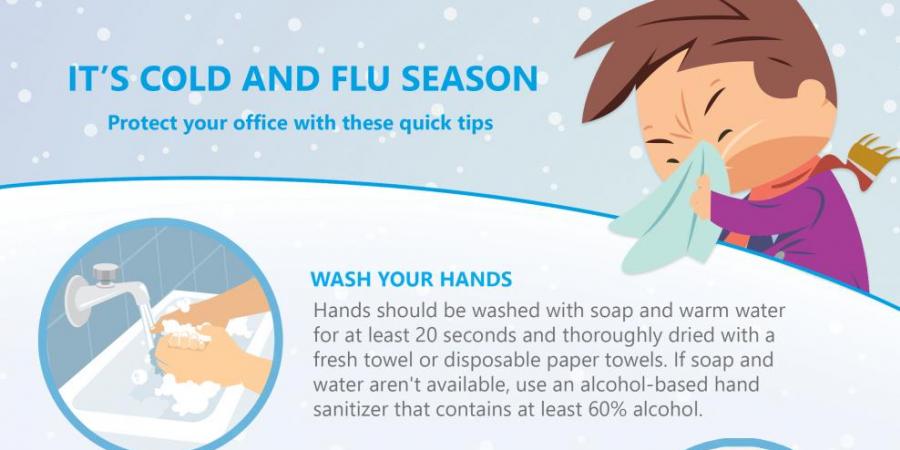World Glaucoma Week
Glaucoma can cause vision loss without symptoms. You may not notice anything until advanced stages of the disease, and by then it’s too late. This is one of many reasons why it’s important to have regular eye exams even if you don’t wear glasses or you don’t need new glasses
What Is An Eye Cold
It’s cold and flu season, and it gets into your eyes too! 🤧 Luckily, just like having a cough, antibiotics are not required most of the time.
What is an eye cold and when will it go away?
A “cold in the eye” is a type of eye infection known as conjunctivitis that is specifically caused by a virus rather than a bacteria. Viral conjunctivitis may result in tearing, redness and white or watery discharge. It can also cause inflammation along the eyelids, forming swelling, itching and dry skin around the infected eye.
“Eye colds” are often associated with recent episodes of the common cold and is highly contagious. That’s why it is important to wash your hands frequently and avoid contact or sharing with family, friends or coworkers.
Treatment typically includes the use of preservative-free artificial tears and cold compresses to improve comfort. The infection tends to resolve within 2-3 weeks on its own. Occasionally, viral conjunctivitis may worsen or be persistent beyond the typical time frame. If this is the case, it would be best to see your optometrist to follow up as it may require a prescription medication eyedrop to get better.
Alzheimer’s May One Day Be Predicted During Eye Exam
It would be very exciting if we could detect Alzheimer’s early before any symptoms with optical coherence tomography (OCT)! This is technology that we already have readily available in our office, as we use it to monitor other conditions such as glaucoma and macular degeneration. It’s much less invasive than the tests they currently use for Alzheimer’s.
Of course, much more studies are needed before any true link is established, but it really wouldn’t surprise me because we can already see lots of general health conditions in the eye such as diabetes, high blood pressure, and more! Your eyes truly are the window into your brain 🤓#iloveeyes
Read more on Science Daily: Alzheimer’s May One Day Be Predicted During Eye Exam
Technology Harming Kids’ Eyes and Ears
Whether it’s technology-based or not, so-called near-work, such as reading a textbook or looking at a computer or TV screen up close, can cause the lens of the eye to shift its focus. Over time, this can cause the eyeball itself to lengthen, which can lead to—or worsen—nearsightedness.
Additionally, staring at screens from any distance causes kids (and adults) to blink less often, which could lead to dry eye. Over time, the American Optometric Association says, chronically dry eyes could damage the surface of the eye and impair vision.
Experts agree that children’s eyes and ears need regular breaks from tech activities. Here, some helpful strategies.
Limit technology (and close work time). When kids are looking at a screen, follow the 20-20-20 rule: Set a timer for 20 minutes, suggests the AAO, to remind them to look out a window or at an object that’s at least 20 feet away for 20 seconds. If a youngster is reading an e-book, use the bookmark function to help him or her remember to take regular visual breaks. In a physical book, you can place paper clips at the beginning of every other chapter. During video game play, kids should rest their eyes after each level.
Use screens properly. Encourage children to adopt good posture when using technology and to keep anything with a screen about 18 to 24 inches away from their eyes. Remind them to blink when looking at a screen and don’t allow them to use computers in brightly lit areas—to help protect against eye strain.
Give them outdoor time. Some research indicates that children who spend time outside each day have a lower risk of developing myopia, Epley says.
Model good behavior. One of the most important steps, say experts, is adopting safe technology habits yourself. If you do so, youngsters are more likely to treat their own eyes and ears with care.
The 20/20/20 rule is useful for adults too! To limit screen time or close work time, set a timer for every 20 minutes, and look at something 20 ft away for 20 seconds. Look out the window and let your eyes relax your focus, before coming back to what you’re doing.
Also remember outdoor time for kids! Some research indicates that children who spend time outside each day have a lower risk of developing myopia (nearsightedness). Researchers aren’t sure why, but there’s no harm in more outdoor play time—especially since it can offer other benefits, such as exercise.




